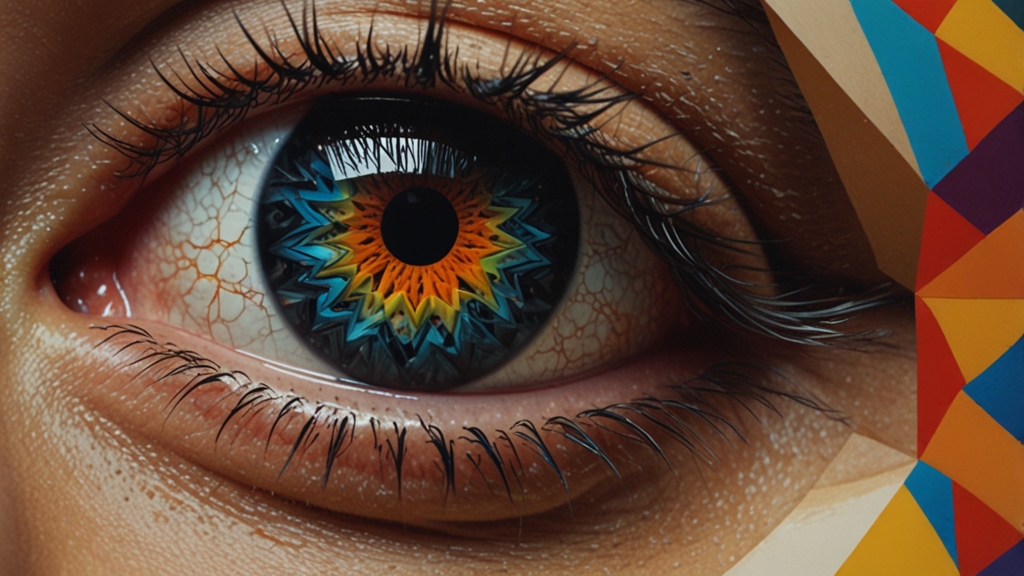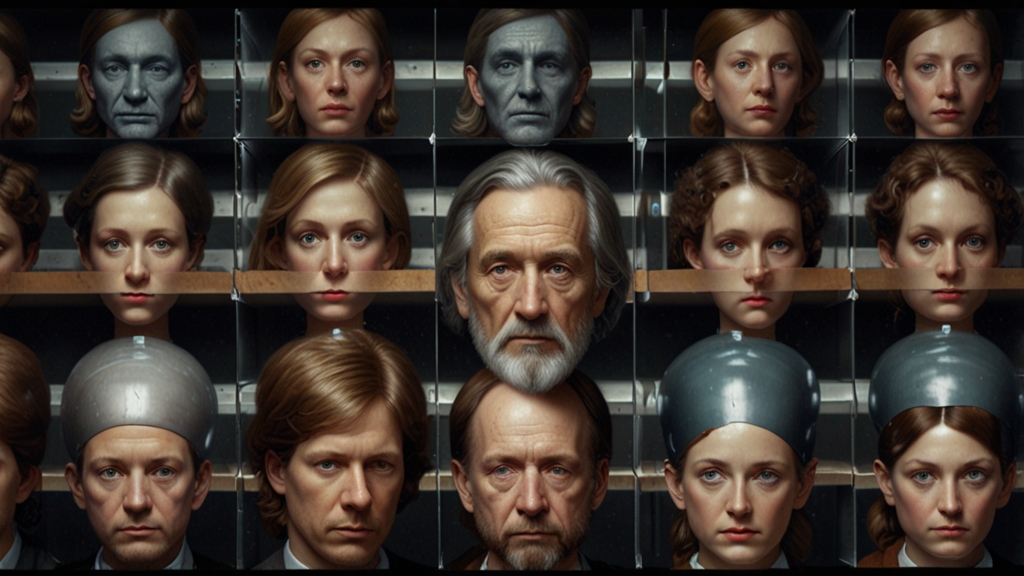Dive into the World of Geometric Art: A Creative Journey
Geometric art is a fascinating and intricate branch of visual arts that blends mathematics, creativity, and symmetry to create mesmerizing works of beauty. It dates back thousands of years and spans multiple cultures, proving that the appeal of structured and balanced design is both timeless and universal. In this article, we will explore the essence of geometric art, its historical significance, and how modern artists are continuing this rich tradition.
The Origins of Geometric Art
Geometric forms have been a part of human expression since ancient times. The earliest examples can be found in the patterns on pottery and decorations in ancient civilizations such as the Greeks, Egyptians, and Islamic cultures. These societies used geometry not only for aesthetic purposes but also for religious and symbolic reasons. The Greeks, for example, used geometric patterns to adorn temples and pottery, highlighting their belief in harmony and proportion.
Throughout history, geometric art has been used to convey different messages. In Islamic art, geometric patterns are prevalent because of aniconism—the avoidance of images of sentient beings. These complex designs often symbolize the infinite nature of Allah, with repeating patterns that go on indefinitely.
Renaissance and the Revival of Geometry
"Geometry will draw the soul toward truth and create the spirit of philosophy." – Plato
During the Renaissance, artists and mathematicians rediscovered the importance of geometry in art. Renowned figures like Leonardo da Vinci and Piero della Francesca delved deeply into the study of proportions, symmetry, and perspective. This period saw a remarkable fusion of artistic skill and mathematical theory, leading to masterpieces that continue to be revered today.
Leonardo da Vinci's "Vitruvian Man," for instance, exemplifies the blend of art and geometry. The drawing is based on the correlations of ideal human proportions with geometry described by the ancient Roman architect Vitruvius. Da Vinci's work showed how the human body could be blended perfectly into the shapes of a circle and a square, reinforcing the unity of art and science.
Modern Geometric Art
In the 20th century, geometric art saw a resurgence with the advent of modernism. Artists like Piet Mondrian and Kazimir Malevich broke away from traditional forms and embraced abstract geometric designs. Mondrian's iconic "Composition with Red, Blue, and Yellow" reduced art to the basics: lines, shapes, and primary colors. Through simplicity and structure, Mondrian sought to convey deeper existential truths.
Today, geometric art is experiencing yet another revival, thanks in part to digital technology. Modern artists leverage software and algorithms to create intricate and precise patterns that were previously impossible to achieve. Digital tools have opened up new avenues for creativity, allowing artists to push the boundaries of what is possible in geometric art.
The Appeal of Geometric Art
"Geometry is the archetype of the beauty of the world." – Johannes Kepler
The charm of geometric art lies in its balance and harmony. The human brain is naturally attracted to patterns and symmetry, which is why geometric designs often evoke a sense of calm and order. Moreover, the mathematical precision required to create these artworks is a testament to the artist's skill and dedication.
Geometric art invites viewers to see the world through a different lens. It encourages a deeper appreciation for the underlying structures that make up our reality, from the microscopic arrangements of molecules to the vast patterns in the cosmos. Through the careful arrangement of shapes and lines, geometric art reveals the beauty that lies in order and logic.
Conclusion
Diving into the world of geometric art is a journey that bridges the gap between creativity and mathematics. Whether looking at ancient pottery, Renaissance masterpieces, or modern digital creations, one can see the enduring appeal of geometric designs. As artists continue to explore and innovate within this genre, geometric art will undoubtedly remain a vital and captivating form of human expression, celebrating the beauty of forms in their most logical and pure state.
In a world that often feels chaotic, geometric art serves as a reminder of the inherent order and elegance that can be found all around us. It invites us to pause, appreciate, and find inspiration in the patterns and structures that shape our lives.













